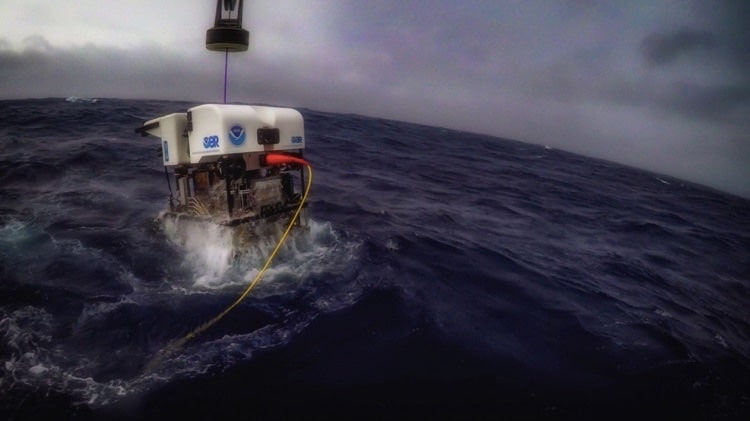
Deep Discoverer remotely operated vehicle, or ROV.
As the only federally funded American ship assigned to explore the ocean floor for the purposes of expanding knowledge, the Okeanos Explorer is currently researching the deep waters around American Samoa. With more than 95% of the world’s ocean unexplored, researchers came back with some big discoveries after sending a rover to capture images from American Samoa’s ocean floor.
“By far, the largest habitable space on our planet is the deep ocean, yet we know very little about it,” explains Santiago Herrera, a visiting assistant professor of biological sciences at Lehigh University. “We have observed far less than 1% of all the seafloor. Scientists have a better knowledge of the surface of Mars or the Moon than we do the surface of the earth.”
The rover’s recent expedition, which was live streamed, successfully captured images of deep sea marine life, which will help scientists unravel the many mysteries of what thrives on the ocean floor. Currently on a second mission until April 21, 2017, the rover is once again seeking out the unknown. If you’re interested in seeing what’s happening down below in real time, the Okeanos Explorer is once again live streaming footage.
Let’s take a look at what a remotely controlled rover found on the ocean floor during its last deep sea expedition.
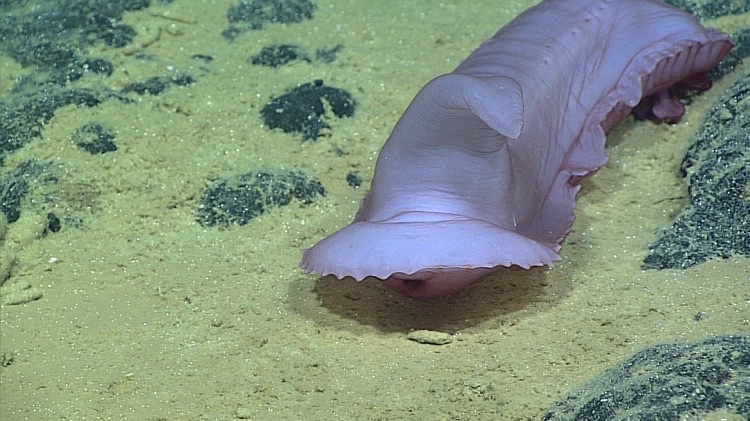
This “monster” of a sea cucumber, or holothurian, was nearly 16 inches (40 centimeters) long!
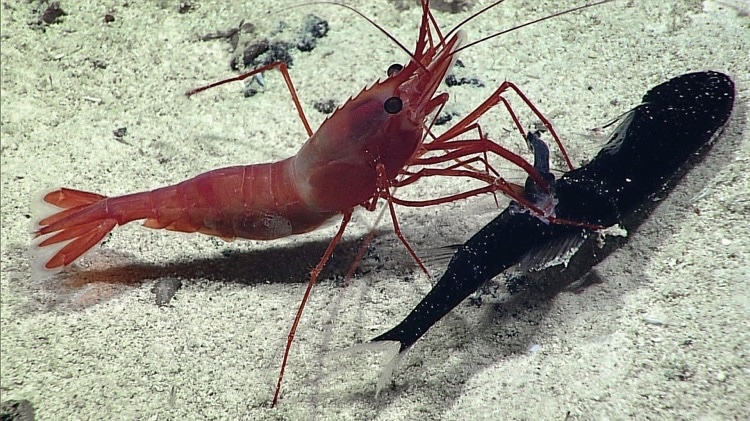
A fierce battle between a caridean shrimp and a type of midwater dragonfish.
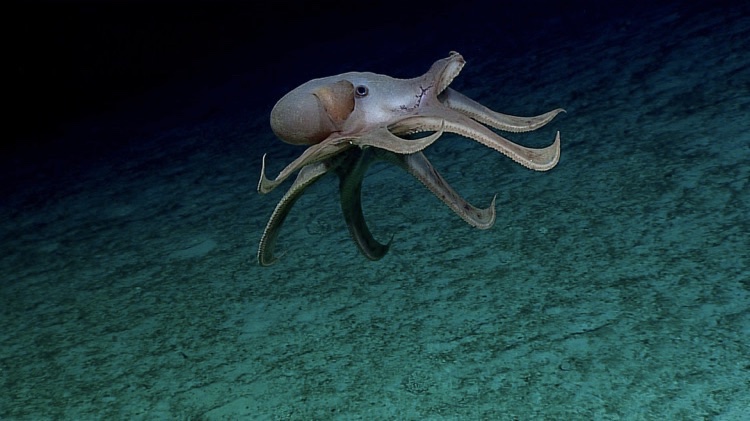
A rare deep-sea cirrate octopod uses its fins on either side of its head to gracefully propel itself through the water column.
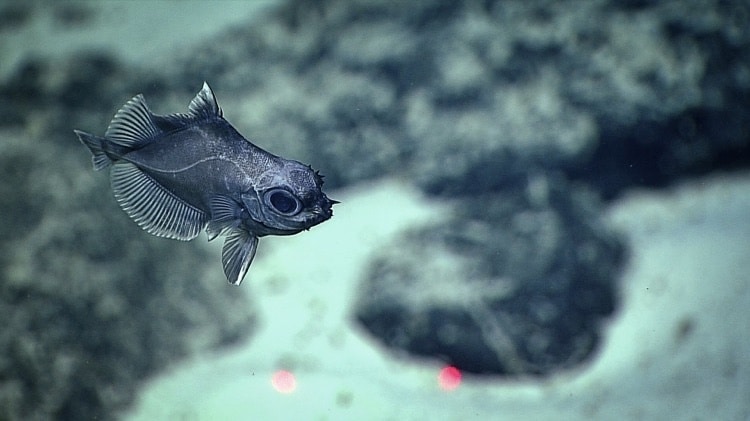
An oreo fish with characteristic spines on the nose was observed.
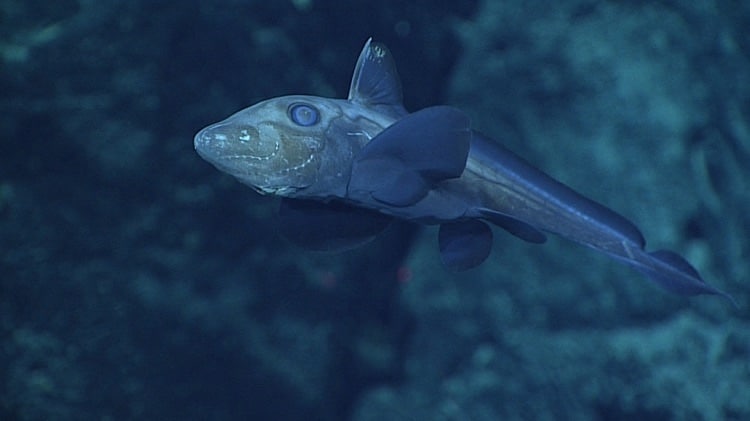
For the first time this expedition, a chimaera, or ghost fish, was observed at around 6,085 feet (1,850 meters) depth.
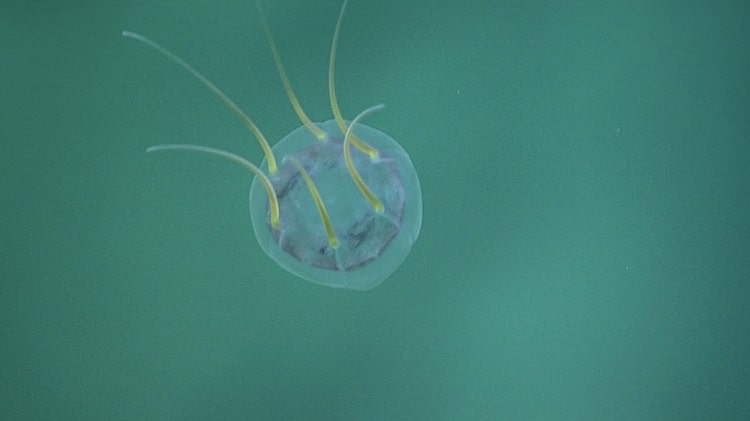
A narcomedusa jelly was observed close to the seafloor, at ~ 1835 feet (560 meters) depth.
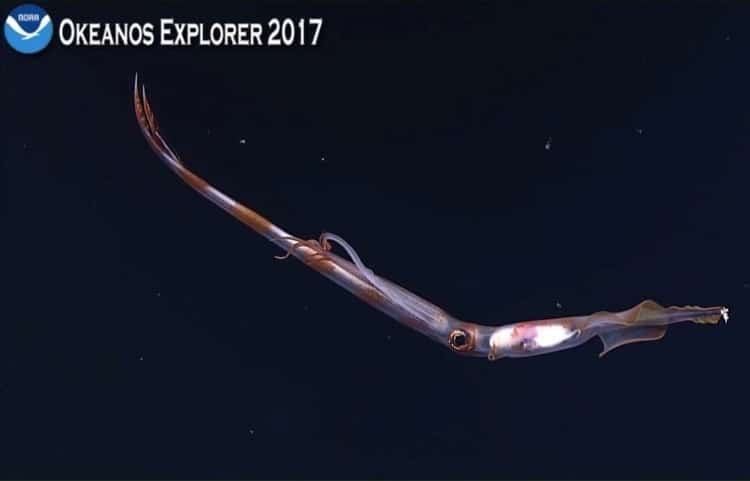
A long-armed squid in the genus Chiroteuthis swims in front of Deep Discoverer.
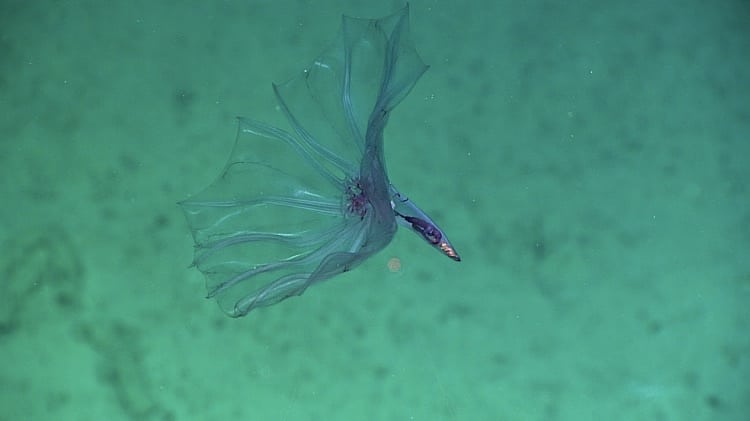
This pelagic holothurian lives its entire life in the water column, relying on suspended particles for its food.
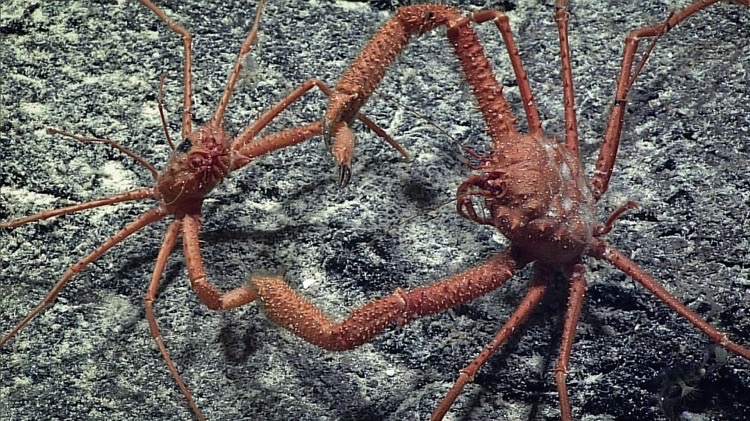
Two homolid crabs were observed holding claws at around 2500 feet (757 meters) depth.
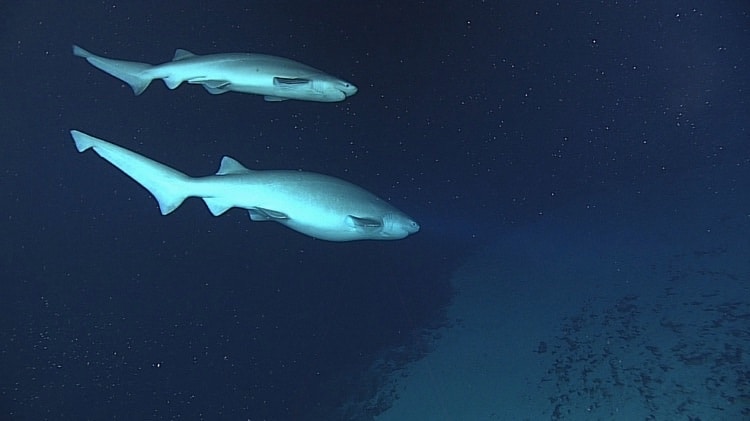
A male and female sixgill sharks swim together. The female shark was 13 – 15 feet in length.
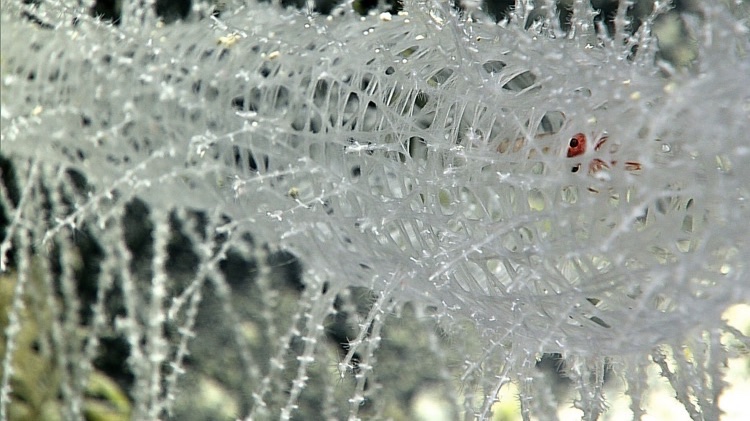
A close-up of the icicle-like matrix of glass sponge spicules with a shrimp perched inside.
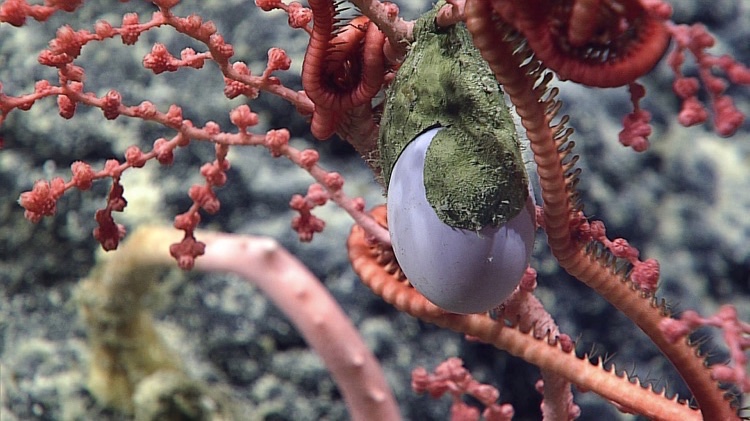
Close up of a cirrate octopod egg case (brown) and inner chorion (purple).
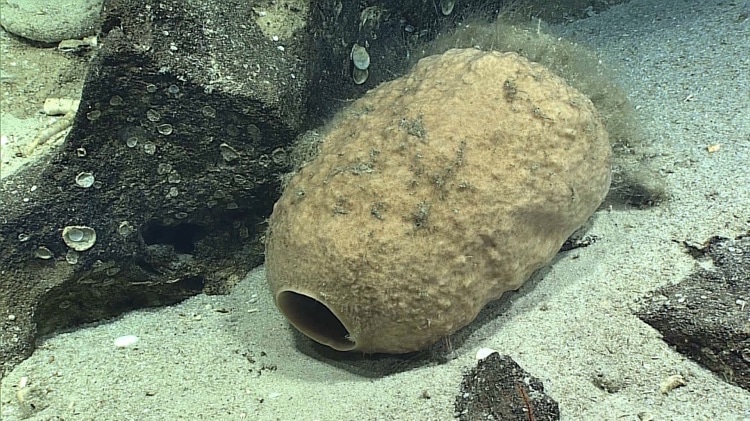
A barrel sponge that has fallen on the sediment.
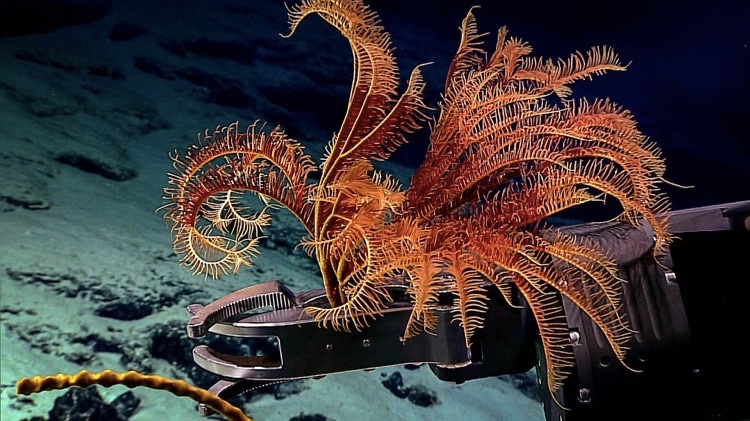
D2 gently grasps a stalked crinoid for a collection. This crinoid species had previously only been observed off Indonesia.
Incredible video footage from the rover shows the fantastic marine life found in deep waters.
NOAA Okeanos Explorer: Website | Facebook | Instagram | Youtube
h/t: [Upworthy]
